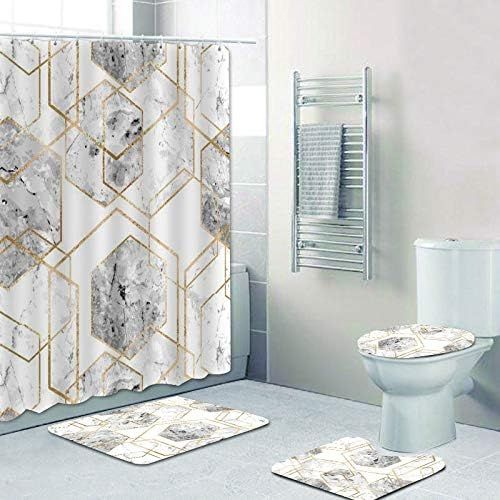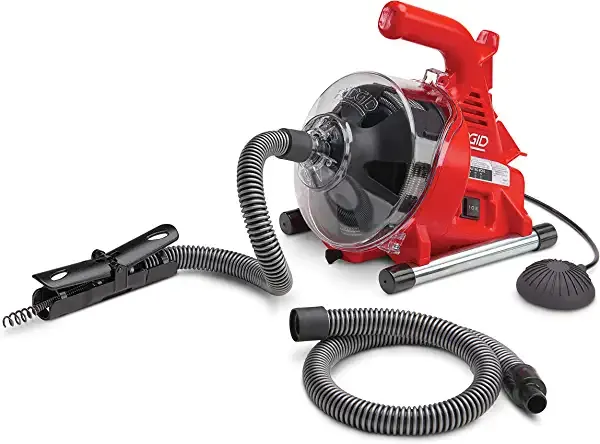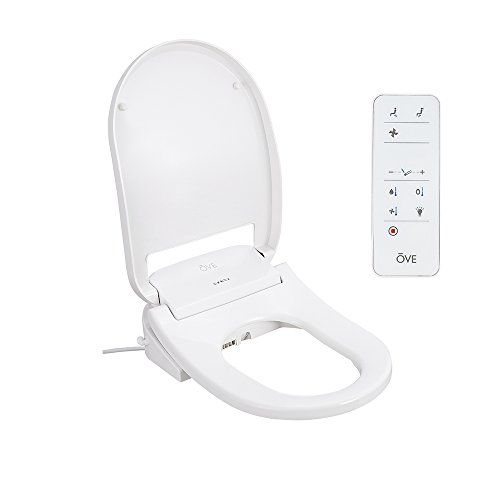How To Clean A Toilet Tank The Right Way
Have you mastered how to clean a toilet tank the right way? This often-neglected task can significantly affect the lifespan and function of your toilet. Our comprehensive guide illuminates the best techniques and products to ensure a thoroughly cleaned toilet tank. Immerse yourself in our expert tips, and turn this daunting task into a simple, regular routine

Overview
There are several factors to consider when learning how to clean a toilet tank the right way. Firstly, choosing the appropriate cleaning agents can make a significant difference in the cleanliness and longevity of your toilet tank. Secondly, the frequency of cleaning is crucial as sporadic cleanings can lead to the buildup of bacteria and grime.
Understanding the specific type of your toilet tank will also impact the cleaning methods used. Additionally, you need to look out for the presence of hard water deposits or rust, which can considerably affect the efficiency of your toilet. Finally, knowing how to protect the inner mechanisms of the tank during cleaning is paramount to avoid any accidental damage.
Following these factors and guidelines will ensure a clean, fully-functional toilet tank and an overall healthier bathroom environment.
Choice of Cleaning Agents:
The cleaning agents you select for cleaning your toilet tank are a fundamental part of the process. There are a variety of products available, including natural cleaners like vinegar and baking soda, as well as commercial cleaning agents specifically designed for toilets. It's important to remember that some chemicals can be too harsh and may damage the tank's components, so it's always best to stick with gentler solutions when possible. Natural cleaners are a great choice as they effectively clean without risking damage.
However, for tougher stains, a mild commercial cleaner might be necessary. Always ensure to rinse thoroughly after using any cleaning agent to prevent residual chemicals from affecting the tank's function. Properly choosing your cleaning agents will promote a cleaner tank while also preserving its integrity.
Frequency of Cleaning:
The frequency of cleaning is another crucial factor to consider when learning how to clean a toilet tank the right way. Neglecting regular cleanings can lead to the accumulation of bacteria, mold, and mineral deposits, which can affect the toilet's functionality. As a general rule, aim to clean your toilet tank at least once every six months.
However, if you live in an area with hard water, you may need to clean it more often due to the faster buildup of mineral deposits. Establishing a regular cleaning schedule will not only keep your toilet tank clean but will also improve the longevity and efficiency of your toilet system.
Type of Toilet Tank:
Understanding the specific type of your toilet tank is vital in determining the best cleaning methods. Different models and brands have various parts and mechanisms that may require special attention or cleaning techniques. For instance, older models might be more prone to rust and might need a rust-removing agent for effective cleaning. Similarly, newer models might have more delicate components that should be carefully handled to avoid damage.
Familiarize yourself with the manufacturer's instructions for your specific toilet tank model before starting the cleaning process. This ensures that you use the correct techniques and products, ultimately preserving the function and lifespan of your toilet tank.
Presence of Hard Water Deposits or Rust:
Detecting and effectively cleaning hard water deposits or rust is another crucial aspect of how to clean a toilet tank the right way. Hard water deposits can build up over time and interfere with the function of your toilet, while rust can deteriorate the tank's parts. Using a cleaner designed for hard water deposits can help break down and remove these stubborn buildups.
Similarly, rust removers can help maintain the condition of the tank and its components. Remember, these issues should be addressed promptly to prevent further complications or damage. Regular inspections of your toilet tank can aid in early detection and treatment of such problems.
Protecting Inner Mechanisms of the Tank:
While cleaning the toilet tank, it's essential to safeguard the inner mechanisms to prevent accidental damage. Many people make the mistake of applying too much force or using harsh cleaning tools, which can damage these components. Therefore, it's advisable to remove any removable parts gently and clean them separately to avoid inadvertent harm.
Using a soft cloth or sponge is also recommended over abrasive scrubbers. Additionally, when using any cleaning solutions, ensure they do not sit too long on the components as this can cause corrosion. Implementing these precautions during the cleaning process will ensure the continued efficient operation of your toilet.
What type of cleaning agent is best for cleaning a toilet tank?
There isn't a definitive answer as it can depend on the type of stains and buildup you're dealing with. However, natural cleaners like vinegar and baking soda are often recommended due to their gentleness and effectiveness. If dealing with more stubborn stains, a mild commercial cleaner designed specifically for toilets may be a better option.
How often should I clean my toilet tank?
Ideally, you should aim to clean your toilet tank at least once every six months. However, this can vary depending on factors like the hardness of your water, with hard water areas requiring more frequent cleanings due to faster mineral deposit buildup. Regular cleaning can prevent bacterial growth and improve the overall function of your toilet.
Does the type of toilet tank matter when it comes to cleaning?
Yes, the type of your toilet tank can affect the cleaning process. Different models and brands have various components that may require specific cleaning methods or products. Always refer to the manufacturer's instructions for your particular toilet tank model before starting the cleaning process.
What should I do about hard water deposits or rust in my toilet tank?
Hard water deposits and rust can be tackled with specialized cleaning products. For hard water deposits, a cleaner designed to break down and remove these deposits is recommended. Rust can be addressed using a rust remover, but it's important to act promptly to prevent further complications or damage.
How can I prevent damage to the inner mechanisms of my toilet tank during cleaning?
To avoid damage, remove any removable parts gently and clean them separately. Use a soft cloth or sponge instead of abrasive scrubbers, and avoid letting cleaning solutions sit too long on the components as they can cause corrosion. Carefully handling these inner mechanisms will ensure the continued efficient operation of your toilet.
Knowing how to clean a toilet tank the right way is an essential aspect of maintaining a clean, functional bathroom. Our guide provides valuable insights into the best cleaning agents to use, the ideal cleaning frequency, understanding the type of your toilet tank, handling hard water deposits or rust, and protecting the inner mechanisms of the tank.
Following these guidelines will not only ensure a clean toilet tank but also contribute significantly to its longevity. So, the next time you embark on a cleaning mission, remember these tips on how to clean a toilet tank the right way for a healthier, more sanitary bathroom.







.jpg)








